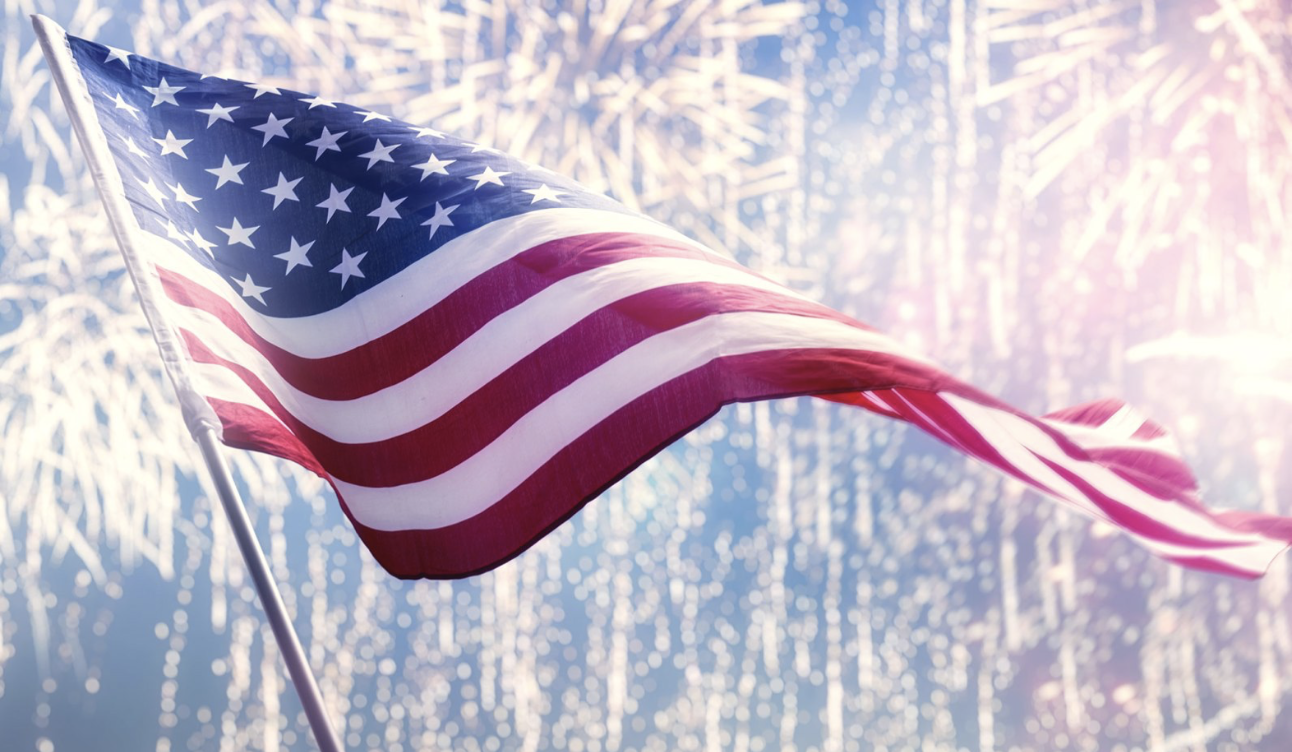By: The Editors – nationalreview.com – July 4, 2022
For all the pomp and circumstance of its presentation, there is something admirably humble about America’s national anthem. Britain’s anthem is cartoonish, with its repeated entreaties to “save” an already-well-secured monarch and its insistence that God is destined to “scatter” the “knavish” enemies of the crown. France’s anthem is utopian, with all those references to the “child of the fatherland,” the “day of glory,” and the prospect of “impure blood” watering the fields. But America’s? America’s has about it that quality of the unknown. From the outset, it poses questions. “O say, can you see?” it inquires. “O say does that star-spangled banner yet wave / O’er the land of the free and the home of the brave?” Eventually — when the “rocket’s red glare” gives “proof through the night that our flag was still there” — the answer is “Yes,” and yet, implicit in the inquiry is the notion that if things had gone a little differently, the flag and all that it represents might well have ended up in tatters.
And well they might. Today, we celebrate July 4 in the knowledge that the nation it birthed has been a smashing success. When they began their journey toward independence, though, the Founders enjoyed no such guarantees. Benjamin Franklin’s quip that his comrades must “all hang together, or most assuredly we shall all hang separately” was meant literally: As Lincoln would later observe, Thomas Jefferson’s document did, indeed, contain “an abstract truth, applicable to all men and all times,” and “a rebuke and a stumbling-block to the very harbingers of re-appearing tyranny and oppression,” but it was also treason — and the penalty for treason was death. Then, as so often afterwards, “does that star-spangled banner yet wave?” was an open question, for it was not guaranteed that the new nation would survive its push for independence, or that it would survive its first properly contested election, or that it would survive the War of 1812. The Civil War could well have ended the United States, as could have the Great Depression, World War II, and the rise of global communism. Eschewing principle, the colonists could have succumbed to the Declaratory Act. Rejecting Cincinnatus’s example, George Washington could have chosen to stay in office. Ignoring Matthew 12:25, Abraham Lincoln could have forsaken Fort Sumter. We are here because they all took a different course.
They — we — still are. Two hundred forty-six years later, the Declaration of Independence is still celebrated; 233 years on, the Constitution is still in force. There are more stars on the flag than there once were, but, 245 years after its debut, it still waves across the land. Under its carapace, the United States has grown into the freest, most innovative, and most prosperous nation that the world has ever seen. America dominates the world’s culture, remains the most popular destination for immigrants, and enjoys unmatched military superiority. As ever, we have our problems — as must any place that is governed by men. But, thanks to our foundational laws and the traditions to which we have fallen heir, we possess the means, the ingenuity, and the fortitude to solve them. If asked before birth where on the globe he hoped to end up, only a fool would look outside of America.
Alas, the last few years have brought with them a surfeit of self-flagellation that the more grounded among the citizenry would do well to resist. It is not incumbent upon a free people to ignore the ugly parts of their history, to pretend that what is destructive is virtuous, or to indulge in unthinking, Panglossian optimism about the country in which they live. But there is criticism and then there is nihilism, and the most prominent of America’s revisionists have often veered dangerously toward the latter course. Speaking on July 4, 1926, Calvin Coolidge observed that while those who cast America’s founding ideals as a brittle ruse were typically “sincere,” that did not mean that they were “well informed.” In fact, Coolidge concluded, when properly examined, “very little of just criticism can attach to the theories and principles of our institutions.”
Coolidge was correct. The United States is unique among the world’s nations in that its architects established a set of timeless values by which the country’s character might be judged and its deficiencies might be remedied. Over time, those values have served as the basis of every great renewal. They underpinned Frederick Douglass’s hope that he, too, would one day enjoy “the rich inheritance of justice, liberty, prosperity and independence, bequeathed by your fathers”; they informed Abraham Lincoln’s reflection that he had “never had a feeling politically that did not spring from the sentiments embodied in the Declaration of Independence”; they inspired Susan B. Anthony to remark that, though women suffered “the degradation of disfranchisement,” her faith remained “firm and unwavering in the broad principles of human rights proclaimed in 1776”; they underwrote Martin Luther King Jr.’s famous “promissory note, to which every American was to fall heir”; they are invoked today in the fight to protect the unborn.
Today, we echo John Adams’s profound enthusiasm for the “great anniversary” of America’s extraordinary founding, and we hope that as it is once again “solemnized with Pomp and Parade,” the “Guns, Bells, Bonfires and Illuminations” will give off new proof, through this night, and through many more nights to come, that whatever the tribulations of the moment may be, our flag is still there.
To see this article in its entirety and subscribe to others like it, choose to read more.
Source: Independence Day: America the Awesome | National Review
 Listen Online
Listen Online Watch Online
Watch Online Find a Station in Your Area
Find a Station in Your Area









 Listen Now
Listen Now Watch Online
Watch Online
